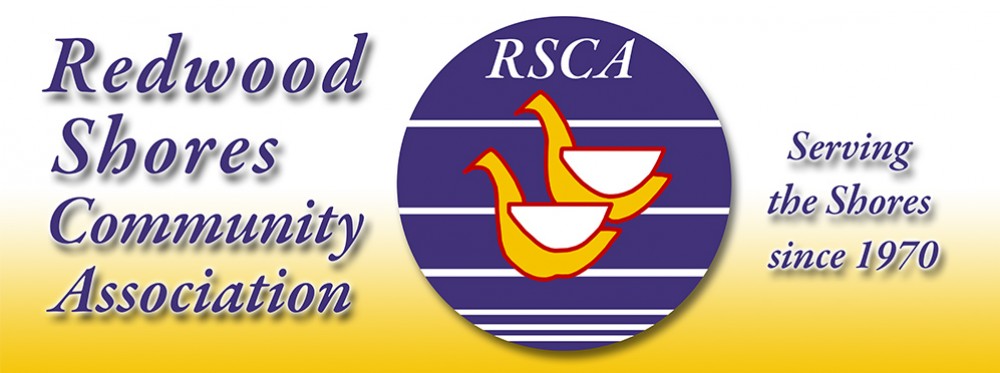Much like yours, I’m sure, my palate has evolved over the years. And in the case of white wines—California Chardonnay in particular—I’ve moved away from those whose overall style is formed and fashioned by the use of oak. It was not always so, for I clearly remember years ago being particularly irked when I overheard a wine store clerk murmuring sarcastically that the evening’s Chardonnay tasting class “was filled with a bunch of beginners.” We were put down because the group’s favorite wine of the session was a golden-hued, viscous, oak-infused California Chardonnay that tasted, as I now recall, more like an alcoholic fruit drink than real wine.
That nasty clerk was, of course, correct. We preferred it because it tasted somewhat sweet, with a buttery-smooth, vanilla-like, palate-coating richness, and an in-your-face tropical fruit flavor. Given those alluring, sensual qualities, what wasn’t there to like? Interestingly, what others and I didn’t prefer or rank well that night, was the Chardonnay style that had little or no contact with oak, of which France’s crisp, mineral-laden Chablis is the reference point. That style—which I now favor—finished dead last. However, judging by the company I keep, and the stores and wine reviews I browse, it seems that Chardonnays without oak (unoaked) still rank at the lower end of consumer preferences.
Oak’s effect on wine, like many of food’s serendipitous discoveries, was observed after winegrowers began using barrels to handle, store and transport the finished product. An oak barrel was never intended to modify wine’s basic character, but it did. Also, once oak’s salutary effect was fully embraced, it was only a matter of time before winemakers began to experiment with their various “oak options.” Just as chefs used herbs, spices and additives to improve the aroma, color, flavor and texture of basic food products, so did winemakers use oak—in its variety of options—to also modify and elevate wine to a new and improved state. (They can, as well, use a whole bunch of other additives and techniques with which to “craft” wines, but that’s another story.)
If you like soft (less acidic), full-bodied, deeply hued Chardonnays (and other whites) that are rich, ripe and highly aromatic, then look for those that have been barrel fermented and barrel aged. If that seems like too much of a good thing, then stainless steel fermentation followed by barrel aging should offer a lighter touch. (Be sure to check wine bottle labels for those details.) However, if you only want a much slighter effect, then look for those labels that use the words reserve, barrel select or aged. They, most likely, have been treated—either during or after fermentation—to a tea-bag-like steeping of large, porous bags of oak chips and/or chunks; or even more creatively, a dollop or two of a “tincture of oak essence.” (I doubt, however, if those options would ever be disclosed on the bottle.)
Lastly, one of my reasons for avoiding oaky Chardonnays is their relative lack of food friendliness. I may be overly analytical (or critical) in this respect, but I feel that, on balance, a wine’s inherent and unencumbered natural profile—aroma, flavor, acidity and body style—tend to yield more food pairing options than those whose character have been masked and/or re-crafted with oak seasonings.
